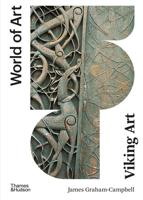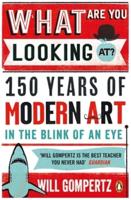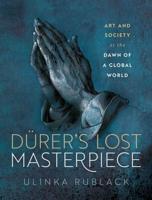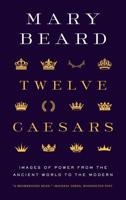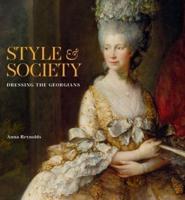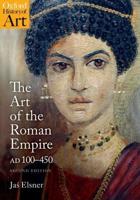Publisher's Synopsis
In A Revolutionary Artist of Tibet author David Jackson focuses on the Khyenri style, the least known among the three major painting styles of Tibet, dating from the mid-fifteenth through the seventeenth century.
The painting of Khyentse Chenmo, the founder of the Khyenri style who flourished from the 1450s to the 1490s, was significant for his radical rejection of the prevailing, classic Indic (especially Nepalese-inspired) styles with formal red backgrounds, enthusiastically replacing them with the intense greens and blues of Chinese landscapes. Khyentse was famed for his fine and realistic looking work, both as a painter and sculptor. His painting style has often been overlooked or misunderstood by scholars-sometimes misidentified as an early example of the Karma Gardri style - but it is a missing link in the history of Tibetan painting.
The Khyenri style is now most closely linked with a small sub-school of the Sakya tradition, the Gongkarwa. The most important in-situ murals of the Khyenri style survive at the Gongkar Monastery in southern Tibet, south of Lhasa near the Gongkar airport. There we find murals by the hand of Khyentse Chenmo himself; many of them were covered by a layer of whitewash and thus escaped destruction during the Cultural Revolution. Jackson also brings to light several of Khyentse's paintings in museums outside Tibet, including some that have been unrecognized for over a century.



